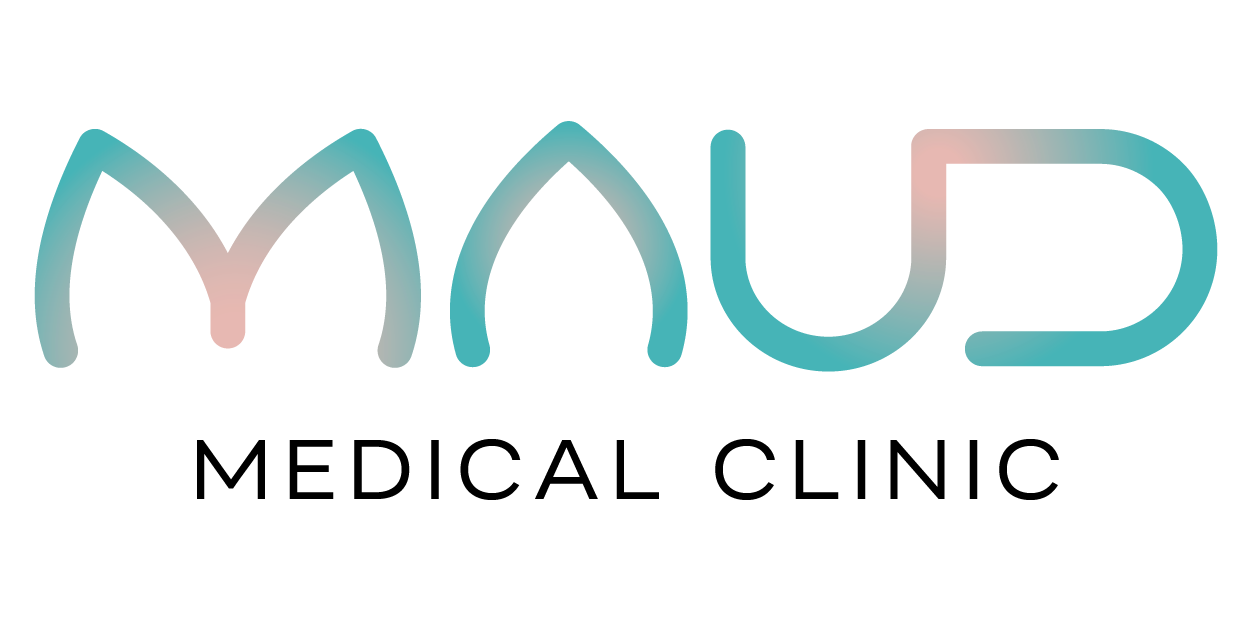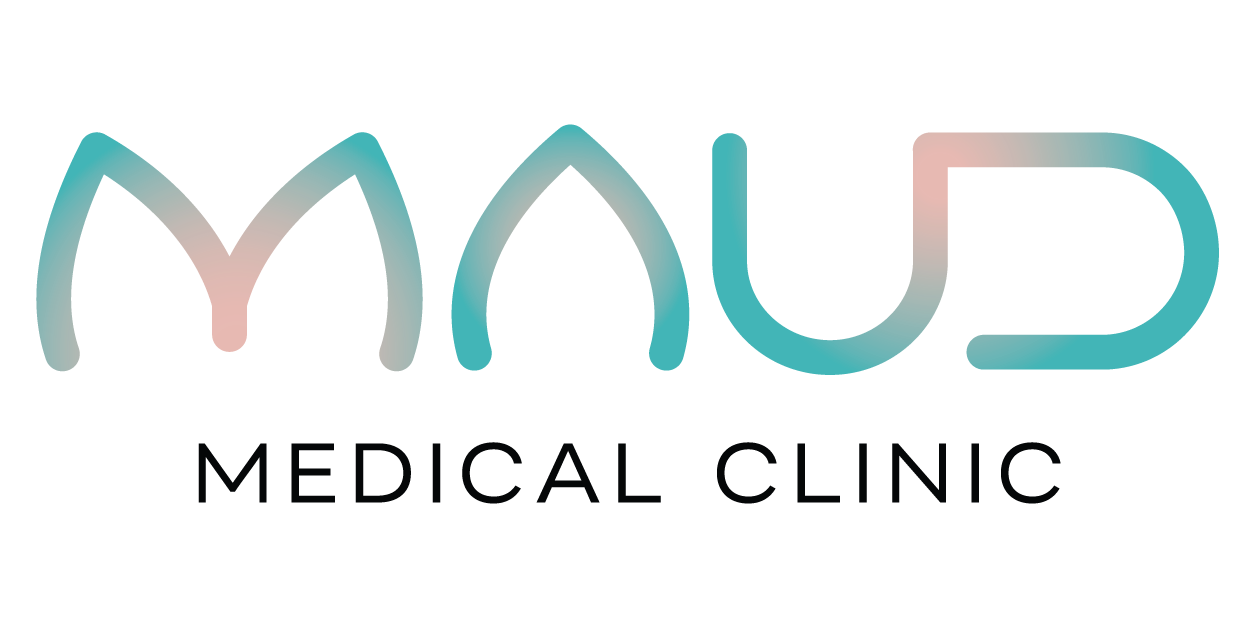Overreactive Bladder (OAB)
Overactive Bladder (OAB)
What is Overactive Bladder (OAB)?
Overactive Bladder (OAB) is a complex condition that affects about 15% of women of all ages. It can be costly, embarrassing, and lead to avoiding social situations due to the fear of leakage. The risk for OAB increases with age and is often associated with bladder conditions such as infections, bladder stones, or abnormal growths. In some cases, the cause of OAB is unknown.
Women with OAB experience sudden, strong urges to urinate, sometimes followed by leakage. This may occur on the way to the bathroom or while pulling down clothing. In severe cases, the bladder may empty completely. The urge to urinate can occur frequently, even when the bladder isn't full.
The bladder is made of muscles that store urine. As the bladder fills, the walls expand like a water balloon, and the muscles around the urethra contract to prevent leakage. When you urinate, the brain signals the muscles to relax, allowing the bladder to contract and expel urine. However, in women with OAB, the bladder muscle becomes overactive and squeezes too often, causing frequent and urgent urges to urinate, even with little urine in the bladder.
How Does OAB Work?
The muscle lining the bladder, known as the detrusor muscle, contracts too frequently and forcefully, causing urine to be released at inappropriate times. This can be triggered by sounds such as running water, the sound of a key in the door, or seeing a toilet.
Key Terminology:
LEARN THE TERMS
Urinary urgency ("gotta go right now"):
Sudden, strong desire to pass urine, which is very difficult to defer.
Urinary frequency ("gotta go often"):
Urinating eight or more times per day.
Nocturia: Need to urinate one or more times during sleeping hours.
Urinary urgency incontinence (UUl): Urinary leakage that occurs with the sudden, strong desire to pass urine.
Overactive bladder: Urinary urgency, usually with frequency and nocturia, and sometimes with urinary urgency incontinence. This occurs without an infection or other health problem.
Diagnosis
It can feel embarrassing to have these bladder issues. You are not alone. As a first step to taking back your life, talk to your medical provider or bladder specialist, like a Maud urogynecologist or urologist. Discuss when and how often you leak urine. A physical exam helps identify other conditions that influence the bladder, such as prolapse.
Additional tests might include:
• Urine analysis to check for a urinary tract infection and blood in your urine.
• Ultrasound to assess how much urine remains in your bladder after urinating.
• Urodynamics to provide information on your bladder and urethra.
Additional tests may include:
Urine Analysis: Checks for urinary tract infections and blood in the urine.
Ultrasound: Assesses how much urine remains in the bladder after urination.
Urodynamics: Provides information on the function of the bladder and urethra.
Bladder Diary: You may be asked to track your fluid intake, urination, and leakage patterns to help your provider understand your symptoms better.
Treatment Options for OAB
There are various treatment options for managing OAB, and the best approach will depend on your specific needs. A combination of treatments may be recommended.
Dietary Changes: Certain drinks, such as coffee, tea, sodas, and beverages with caffeine, can exacerbate OAB symptoms. Artificial sweeteners, fruit juices, and alcohol may also irritate the bladder. Keeping a bladder diary can help you identify any connections between your diet and symptoms.
Pads and Skin Care: To manage leakage, use all-cotton incontinence pads (not menstrual pads), which are gentle on the skin. Let the skin air dry when possible, and consider using a barrier cream to protect the skin near the vagina.
Bladder Training: Frequent trips to the bathroom can worsen OAB symptoms, as your bladder learns to hold less urine. Bladder training involves using pelvic floor muscles and techniques to gradually increase the time between bathroom visits. Over time, this helps the bladder muscle adjust, reducing the frequency of urination. A pelvic floor physical therapist (PT) can help guide you through these exercises.
Medications: Medications for OAB help the bladder hold more urine for longer periods and reduce leakage. However, side effects such as dry mouth and constipation may occur. It may take trying different medications to find the one that works best for you.
Pelvic Floor Physical Therapy: Strengthening the pelvic floor muscles can significantly improve OAB symptoms. Regular exercises, with guidance from a specialized PT, may take 3 to 6 months to show results. Work with your provider to get a referral to a pelvic floor therapist.
Botulinum Toxin (Botox): Botox injections into the bladder muscle can help relax it, allowing the bladder to hold more urine before the urge to urinate arises. The procedure is done under local anesthetic or sedation, using a small camera and needle. Botox typically needs to be repeated every 1-2 years, though side effects, such as difficulty emptying the bladder or urinary tract infections, can occur.
Nerve Stimulation: Several nerves control bladder function, and nerve stimulators can help manage OAB by reducing the need to urinate frequently. There are two types of nerve stimulation:
Tibial Nerve Stimulation: Similar to acupuncture, a small needle is inserted near a nerve in the ankle and connected to a device that delivers small pulses to the nerve, altering the messages sent to the bladder.
Sacral Nerve Stimulation: A device is surgically implanted near the spine to modulate bladder nerve activity.
Key Takeaways:
Bladder spasms can cause urgent and frequent urges to urinate.
Diet changes and bladder retraining can help manage OAB. Keeping a bladder diary may assist in identifying the link between your diet and symptoms.
Treatment options, including physical therapy, medications, Botox, and nerve stimulation, can be effective in managing symptoms.
By exploring these options, you can find a Maud Medical Clinic treatment plan that works for you and regain control over your bladder function.


